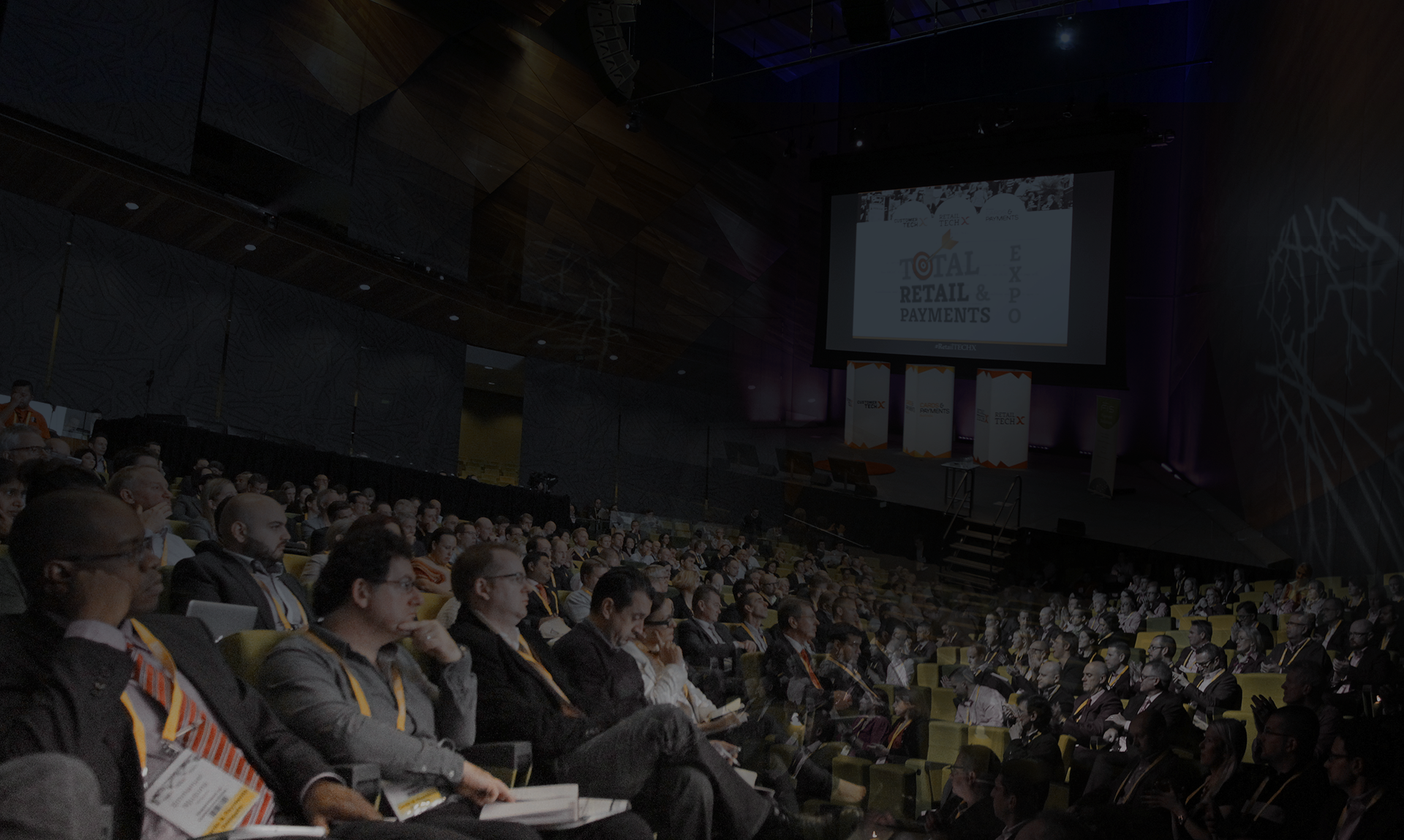I recently attended the Total Retail and Payments Expo in Melbourne and one particular vendor speaker stood out for me. Peter Strohkorb's (from Peter Strohkorb Consulting International) presentation was entitled ‘The Truths and Myths of Customer Experience’. The topic was enlightening and the stats informative.
RetailTECH Highlights from the previous event.
We all know in the highly competitive world of retail, in addition to right product being marketed at the right price, delivering a super customer experience is important to maintaining and growing customer base and ultimately profit. According to Gartner in 2016, 89% of marketers expect to use customer experience to beat competitors and help deliver their competitive advantage.
Stats show there is a significant disconnect between how business rate themselves versus how their customers rate them. According to Lee Resources at IBM 80% of companies believe they deliver a superior customer experience, whereas only 8% of their customers think these companies deliver a superior customer experience.
What do customers want/expect?
- Make me feel like I am in charge
- Keep promises
- No problems
- Show you care
- Be equitable
- Be clear/no surprises
- Be quick to act or react
Peter Strohkorb Consulting’s position was that people are the most important component. I agree, but believe he neglected to mention the critical role technology plays as a tool for people to deliver a positive customer experience.
Empowering your people
In-store technology should empower people – firstly by making the process really easy so they are confident and able to spend their time serving your customers rather than working their way through a complex transaction process. Secondly, fast access to relevant centralised knowledge and information gives your people the ability to be more expert, eliminate surprises, and allows them to act or react quickly.
What about when there are no people?
Nowadays, many parts of the shopping process no longer feature a person – for example when your customer is browsing for inspiration on your Instagram account, researching your product online, or making a purchase on their smartphone. The absence of your people to guide, provide expertise or correct mistakes, means your technology needs to work harder. Your systems must make it easy and fast for your customers to find and buy what they want AND eliminate errors that can’t be resolved by an apologetic sales person. For example, if your webstore presents the wrong price, there is no sales person there to say “oh, no, that’s not right” and stop your customer from walking out the digital door.
Behind the scenes simplicity
From a back office perspective, tying the customer experience together across all touchpoints with technology designed for the purpose reduces complexity, duplication, error and frustration for your people and, ultimately, your customers. While it’s possible to align pricing, inventory and customer information between channels manually, it takes time away from your people for training and analysing customers.
As I said earlier, providing the right information at the right time to people instore is a significant part of empowering them to wow your customers. You need a system that can centralise a large amount of information but distil it to be simple and accessible. For example, agribusinesses with sophisticated customer or contract pricing need to be able to guarantee the correct pricing, quickly, to avoid breaking promises to customers.
Simplifying at the back end like this leaves you more time to focus on training your people and other business initiatives.
Ultimately regardless of where you start, super customer experience is delivered when people, processes and systems are optimised.






